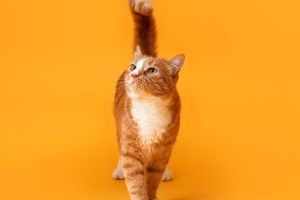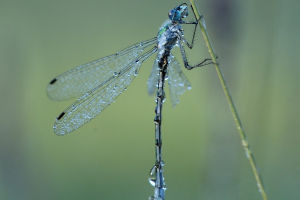Hi Lykkers! Explore the intriguing world of the roe deer, a wild animal that gracefully embodies the essence of woodland life across various European landscapes.
Roe deer are exceptionally skilled at adapting to various environments, from dense forests to urban fringes. Their ability to thrive in diverse habitats is a testament to their evolutionary prowess, making them a fascinating subject for wildlife enthusiasts.
Seasonal Wardrobe Changes
The roe deer's ability to change its coat color with the seasons allows it to seamlessly blend into its environment. From a reddish-brown in the summer that mirrors the vibrant forest, to a thick, grey coat in winter, these changes are crucial for survival and camouflage.
Solitary by Nature
Roe deer are predominantly solitary creatures, often spotted alone or in small family groups. This behavior is quite distinct from other deer species, which typically form larger herds, highlighting their unique social structure.
Dawn and Dusk Activities
Active primarily during the twilight hours, roe deer optimize their feeding and movement during dawn and dusk. This behavior helps them avoid predators and human activity, showcasing their strategic survival tactics.
A Gentle Approach to Mating
Unlike many other deer species known for aggressive mating duels, roe deer engage in more subdued and less confrontational mating practices. This gentle approach reduces injuries and is an unusual trait among cervids.
Forest re-generators
Roe deer play a crucial role in their ecosys<tems by controlling the undergrowth of forests. This not only helps in maintaining forest health but also aids various other species by modulating the habitat structure.
Dive into the world of roe deer, from their adaptive techniques and unique social behaviors to their role in ecosystem dynamics. These elusive creatures offer a captivating look at the balance of survival and subtlety in the wild.


